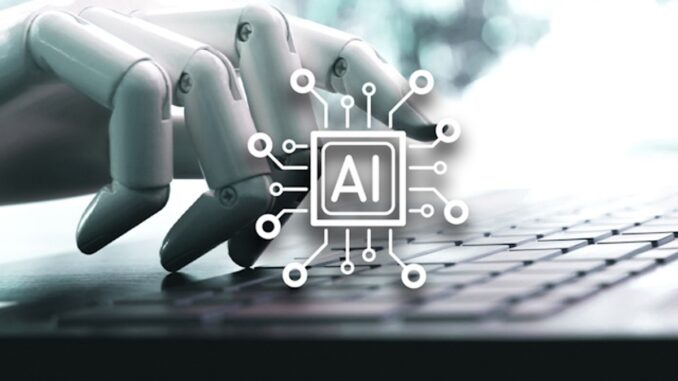
AI technologies, particularly drones and sensors, are transforming various fields by enhancing data collection, analysis, and decision-making processes. Here are several ways in which these technologies help:
1. Agriculture- Precision Farming: Drones equipped with AI can monitor crop health using multispectral imaging. They help farmers detect issues such as pests, diseases, or nutrient deficiencies early, allowing for targeted interventions.
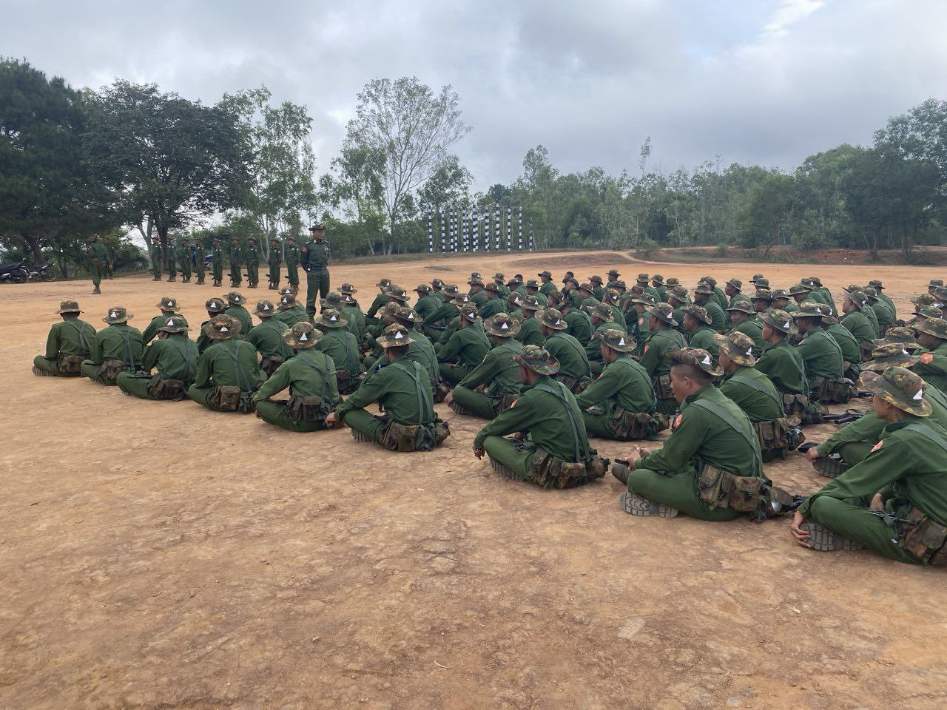
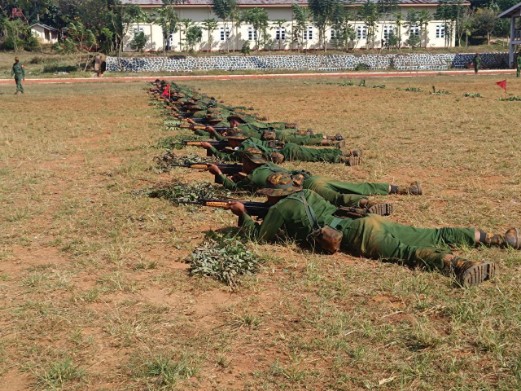
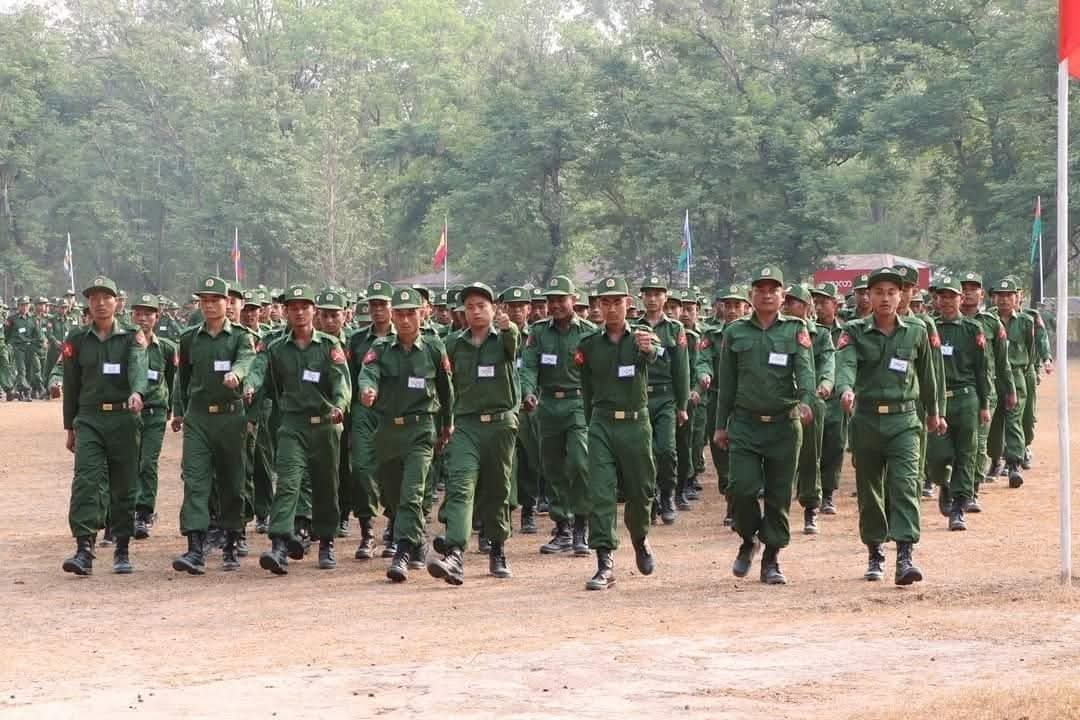


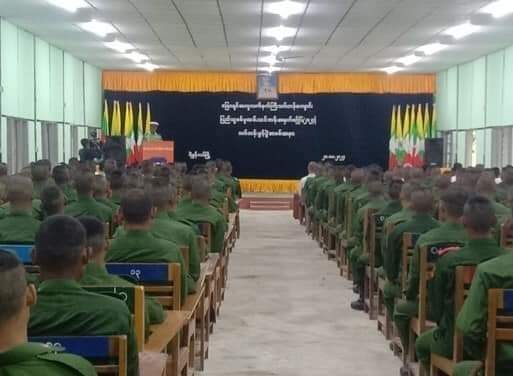
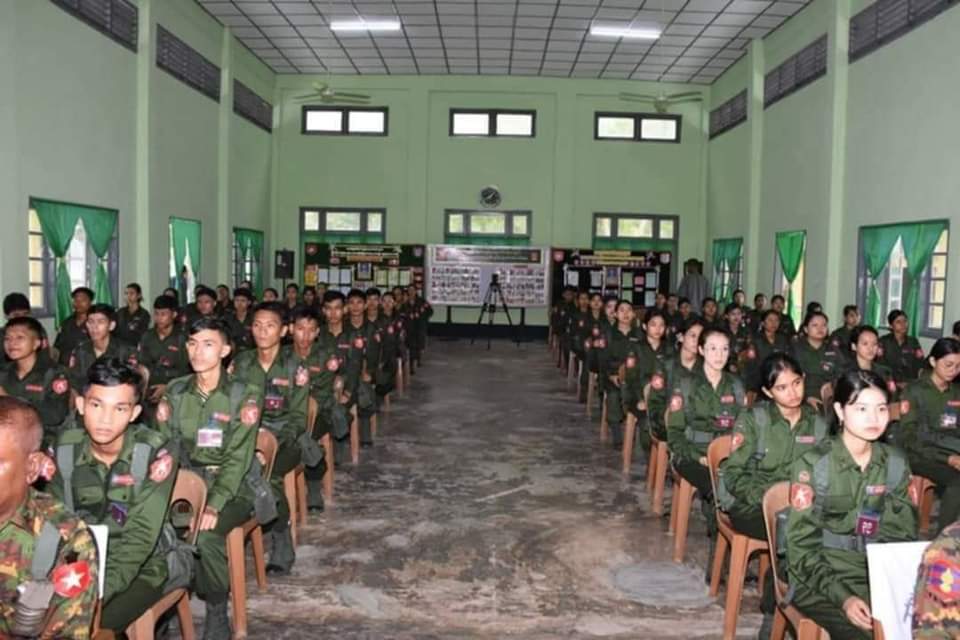
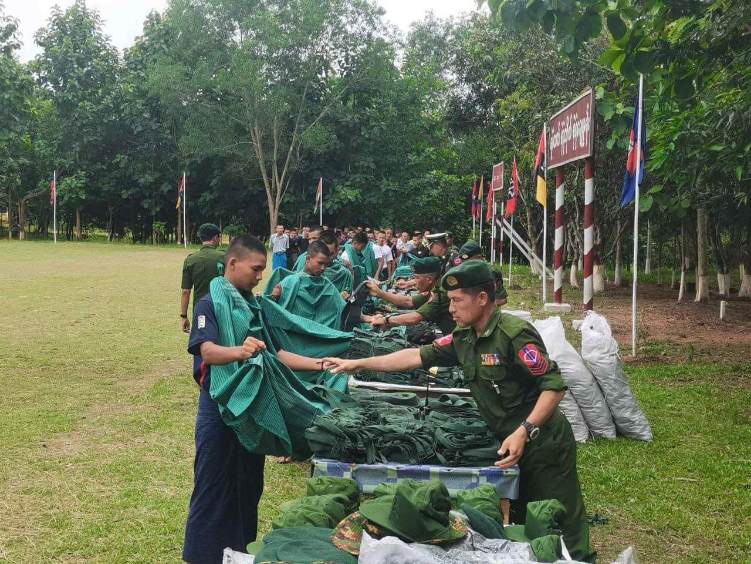
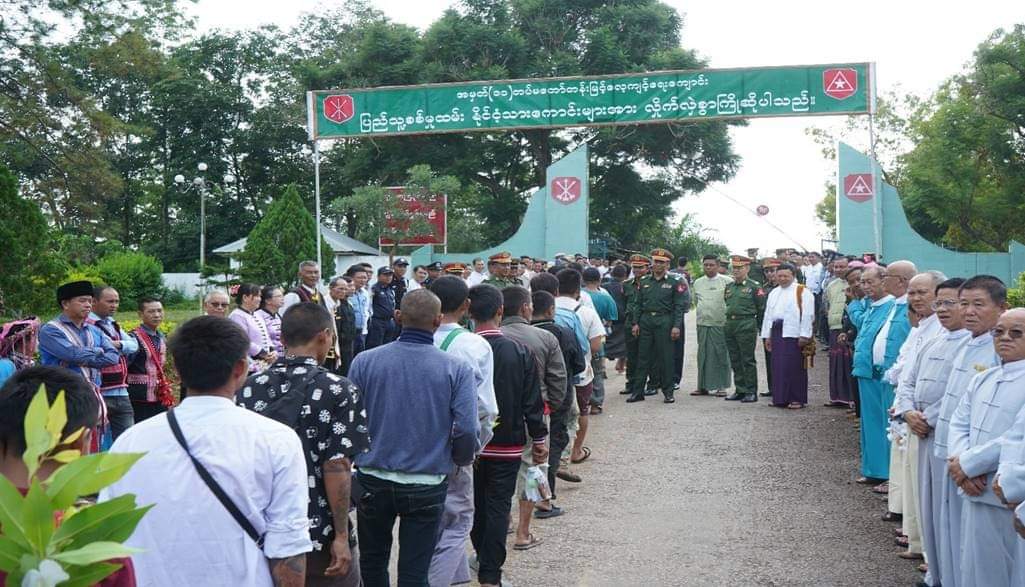
– **Field Mapping**: Drones can create detailed maps of farm fields, which help in planning planting, irrigation, and harvesting schedules more efficiently.
– **Soil Analysis**: Sensors can collect data on soil moisture, temperature, and nutrient levels, allowing farmers to optimize irrigation and fertilization practices.
### 2. **Environmental Monitoring**
– **Wildlife Conservation**: Drones are used to monitor wildlife populations, track migrations, and prevent poaching by providing real-time data on animal movements in remote areas.
– **Pollution Detection**: Sensors can be deployed to measure air and water quality, providing essential data for environmental protection and compliance with regulations.
### 3. **Infrastructure Inspection**
– **Transportation**: Drones and sensors are increasingly used for inspecting bridges, roads, and railways, allowing for quicker and safer assessments without the need for traditional scaffolding or ground inspections.
– **Power Lines**: Drones equipped with thermal imaging sensors can identify hot spots in electrical grids, allowing utility companies to proactively address potential failures.
### 4. **Disaster Response**
– **Search and Rescue**: Drones can cover large areas quickly, identifying survivors in disaster scenarios (like earthquakes or floods) and assessing damage to facilitate emergency response efforts.
– **Real-time Data**: During natural disasters, sensors can provide real-time data on environmental conditions, helping first responders make informed decisions about safety and resource allocation.
### 5. **Logistics and Delivery**
– **Inventory Management**: In warehouses, drones can monitor stock levels and prepare for restocking by automating the inventory auditing process.
– **Last-Mile Delivery**: Drones are being tested for package delivery in urban areas, potentially reducing traffic congestion and delivery times.
### 6. **Construction and Mining**
– **Site Surveys**: Drones provide accurate topographic maps and 3D models for construction and mining sites, enhancing project planning and monitoring.
– **Safety Monitoring**: Drones can monitor construction sites for compliance with safety regulations, ensuring that workers are following protocols.
### 7. **Urban Planning**
– **Traffic Management**: Sensors can monitor traffic flow and density in real-time, providing city planners with valuable data to improve traffic patterns and public transport systems.
– **Smart Cities**: AI sensors contribute to the development of smart city infrastructures, optimizing energy consumption, waste management, and public safety.
### Conclusion
AI technologies such as drones and sensors are instrumental in collecting and analyzing data across multiple sectors, leading to improved efficiency, cost savings, and informed decision-making. As these technologies evolve, we can expect even greater innovations that will further enhance their capabilities and applications. However, ethical considerations and regulations concerning privacy, safety, and data usage remain crucial in guiding their deployment.


Leave a Reply